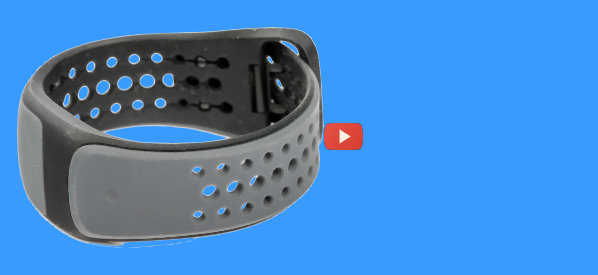Managing epilepsy can be challenging, particularly at night when seizures that lack movement and sound are not detected by usual monitoring devices. Especially when one is a caregiver for a child with epilepsy, the very real concern about Sudden Unepected Death from Epilepsy (SUDEP) can result in sleepless nights.
A family in England whose son has Dravet Syndrome, a severe form of epilepsy, used a motion detector under their son’s mattress and motion detecting cameras as well as a sound-sensing system, but found they still missed some seizures when there was no movement; any vocalization was undetected because their son’s head was buried in pillows. Driven by their concerns about the possibility of SUDEP as well as a need for better sleep themselves, the Perry’s developed PulseGuard, sold by their not-for-profit company, Ardis Technologies (currently available in the U.K. only.)
PulseGuard consists of a heart rate sensor band and an iPAD. The band can be worn on the wrist or ankle. The band communicates via Bluetooth to a dedicated iPAD that runs a monitoring app in which you can set minimum and maximum heart rate detection parameters. The iPAD has to be in the same room as the PulseGuard sensor band, but it can be paired via Bluetooth with speakers located in a caregiver’s room so when needed, an alarm can be sounded so the caregiver can provide needed assistance. The company is careful to point out that the PulseGuard is not a medical device and does not prevent or treat epilepsy; the sole purpose is to provide nighttime heart rate monitoring.
We’ve looked at other Health Tech developments for epilepsy such a the SmartWatch that detects shaking and Bioserenity, a combination shirt and cap embedded with multiple sensors to continuously gather biometric data. PulseGuard is designed to work specifically when there is no movement and has a simple band design.


